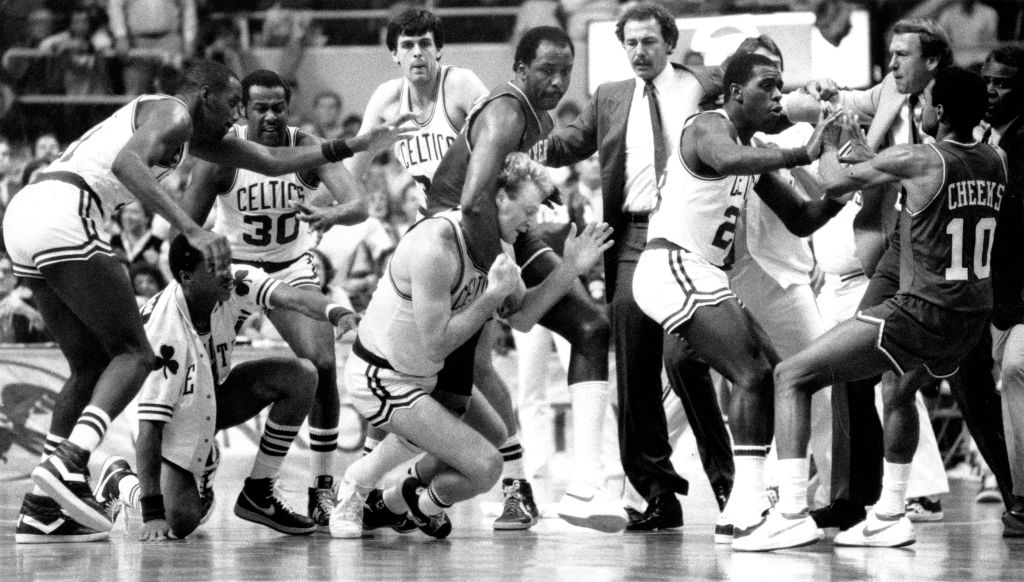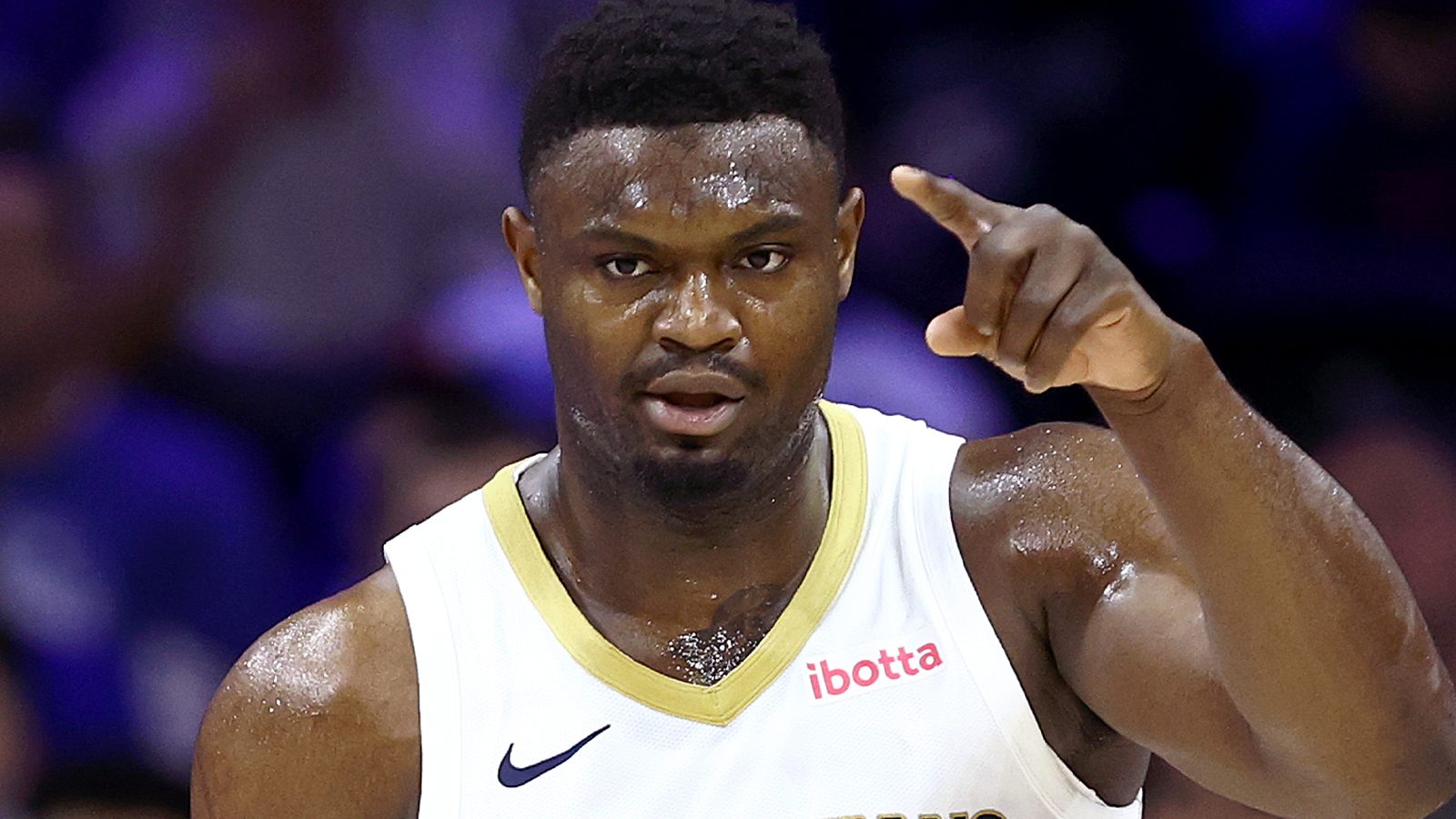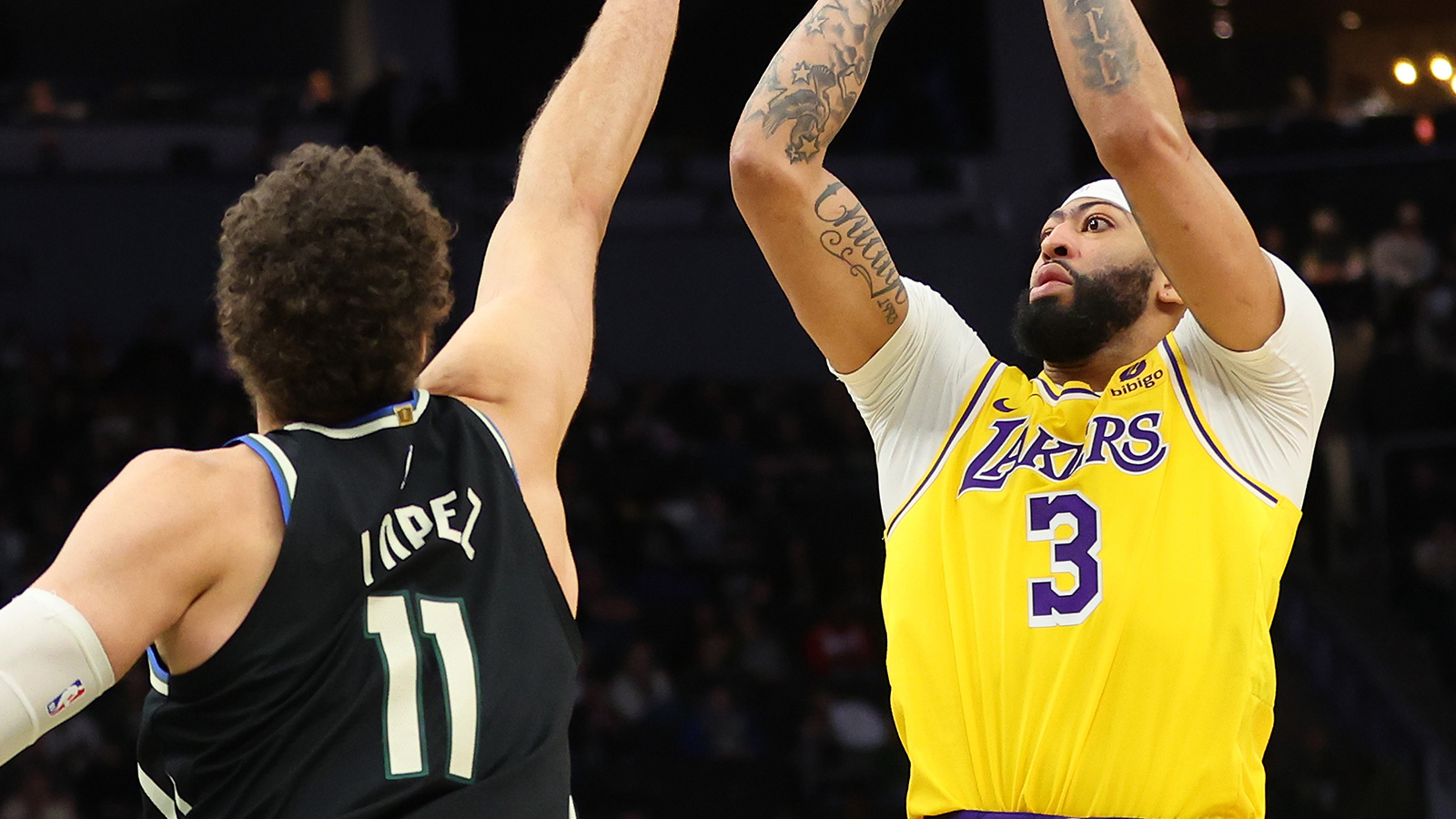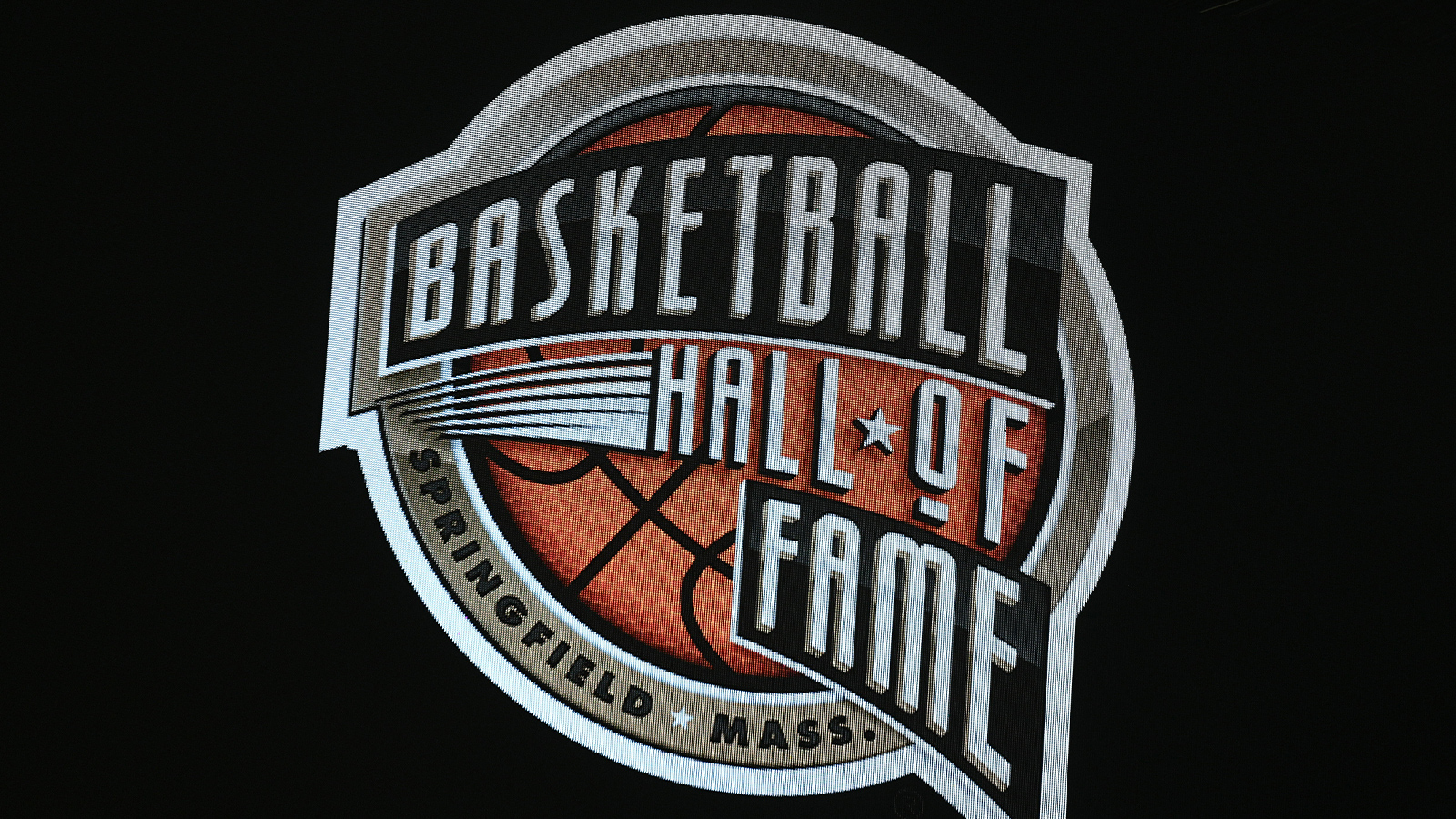
The Enforcers: When NBA Players Delivered Hook Shots and Right Hooks
The NBA rules have changed in various ways over the years. There are the more noticeable changes like the addition of the shot clock or instant replay. One of the most significant changes with less visibility has been the adjustments to the rules for fighting.
Today, players get fined and suspended for just leaving the bench area when a skirmish breaks out. It’s a far different game from the 1970s and 1980s when brawls were more commonplace. In fact, the cover story in a 1977 issue of Sports Illustrated was titled “The Enforcers.” It’s exactly what you think. Here’s a look back at a very different game and some of the more notable players who could knock down shots and knock out opponents whenever necessary.
Maurice Lucas
The 6-foot-9-inch power forward with the Portland Trail Blazers first made his mark in the ABA as a rookie when he battled 7-foot-2-inch Artis Gilmore. The two giants squared off at center court like boxers, neither one looking like they wanted to fight. After Gilmore had backed him under one of the baskets, Lucas realized he was out of room and delivered a right hand flush to Gilmore’s face. Gilmore dropped like a tree.
Lucas also once tried to start a fight with Julius Erving, but his teammates intervened understanding no one messed with Dr. J. When asked about whether or not he considered himself an enforcer, Lucas didn’t shy away from the role.
“A lot of people think I’m just one of these mean guys. Well, I just play rough. That’s the way you play when you’re in my game.”
Kermit Washington
The Sports Illustrated issue, which was printed in November 1977, proved to be prescient with Los Angeles Lakers player Kermit Washington. The article described Washington as “a nice quiet person who lifts weights and sometimes separates people’s heads from their shoulders.”
A month later, in Los Angeles, Washington was involved in a brawl with the Houston Rockets. In that incident, he knocked out Houston’s Rudy Tomjanovich with a punch so violent Tomjanovich suffered a concussion, had a fractured skull, broke his jaw and nose, and was leaking spinal fluid into his skull. Doctors feared the Rockets player might die.
That single incident resulted in numerous rule changes including an extra game official and larger fines and suspensions for fighting.
Calvin Murphy
Calvin Murphy doesn’t seem like a candidate who enjoyed getting into fights because he was one of the smallest players in the NBA at the time with his 5-foot-9-inch frame. That didn’t stop the Houston Rockets player from taking on guys a foot taller than him.
According to the piece, Murphy got so angry at Boston’s 6-foot-9-inch Sidney Wicks that Murphy jumped up and grab a piece of Wick’s Afro with his left hand and “with his right howitzered Sidney’s face into a bloody pulp.”
Bob Lanier
The 6-foot-11-inch, 250-pound Lanier, who played for the Detroit Pistons, became a member of the club early in his career when he knocked out 7-foot Bob Christian with one punch.
In 1983, when Lanier played for the Milwaukee Bucks, Lanier got into fisticuffs with Detroit’s Bill Laimbeer and knocked down the Detroit player with a powerful left hook that broke his nose.
Years later, Lanier said it was a different time playing back then.
“It was a rougher game, a much more physical game we played in the 70s and 80s. You could steer people with elbows. They started cutting down on the number of fights by fining people more. Oh, it was a rough ‘n tumble game.”
Darryl Dawkins
At the time of the article, Dawkins was a fresh-faced 20-year-old just getting started in the NBA with the Philadelphia 76ers but had already established his reputation as an enforcer.
In Game 2 of the 1977 NBA Championship series between the Sixers and the Portland Trail Blazers, Dawkins flipped Portland’s Bob Gross, a 6-foot-6-inch player over his back and slammed him to the floor.
Fellow enforcer Maurice Lucas jumped into the fray by delivering a forearm to the back of Dawkins’ head. The two squared off at mid-court, where Lucas threw a couple of haphazard punches that never landed. Teammates and refs intervened, preventing the two mammoth men from getting into an all-out brawl.
The NBA has come a long way. Any fights today are ended before they ever get started. And in a strange way, much of the credit for this kinder, gentler NBA has to be given to a group of men that didn’t mind taking a shot or delivering a shot whenever necessary.



